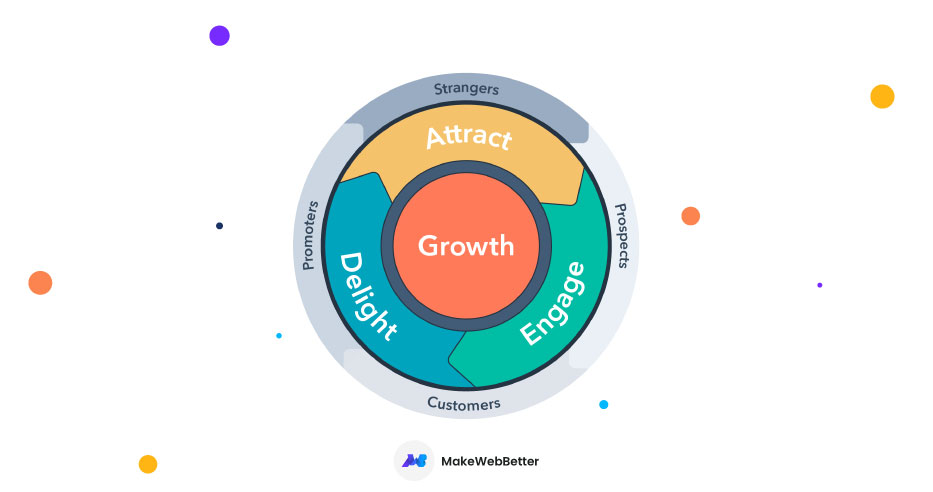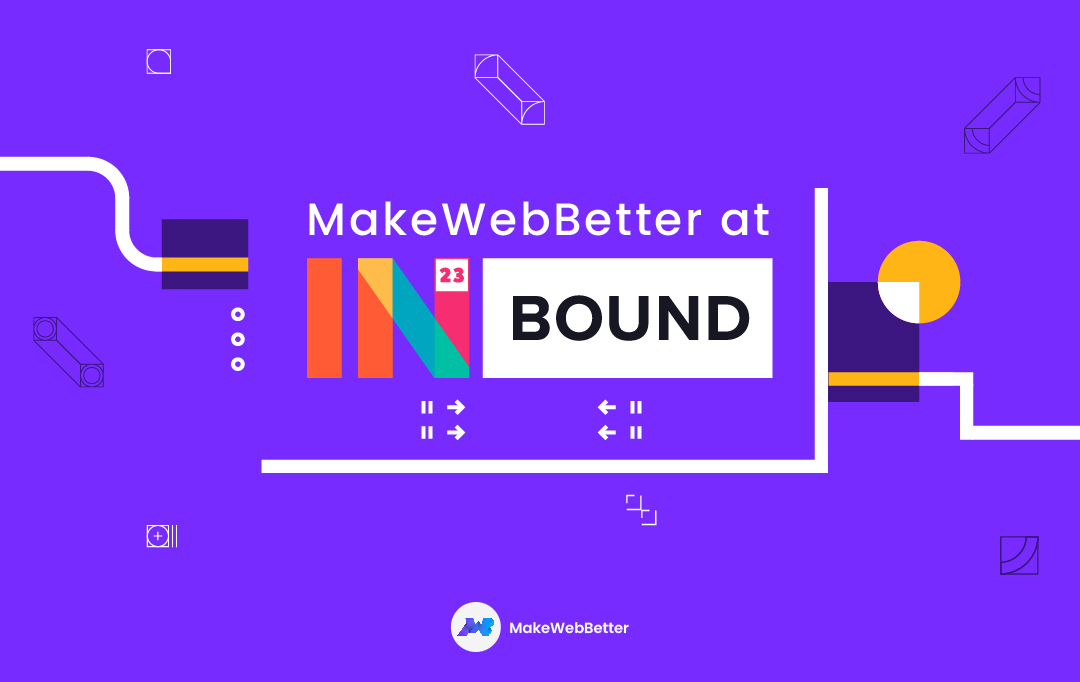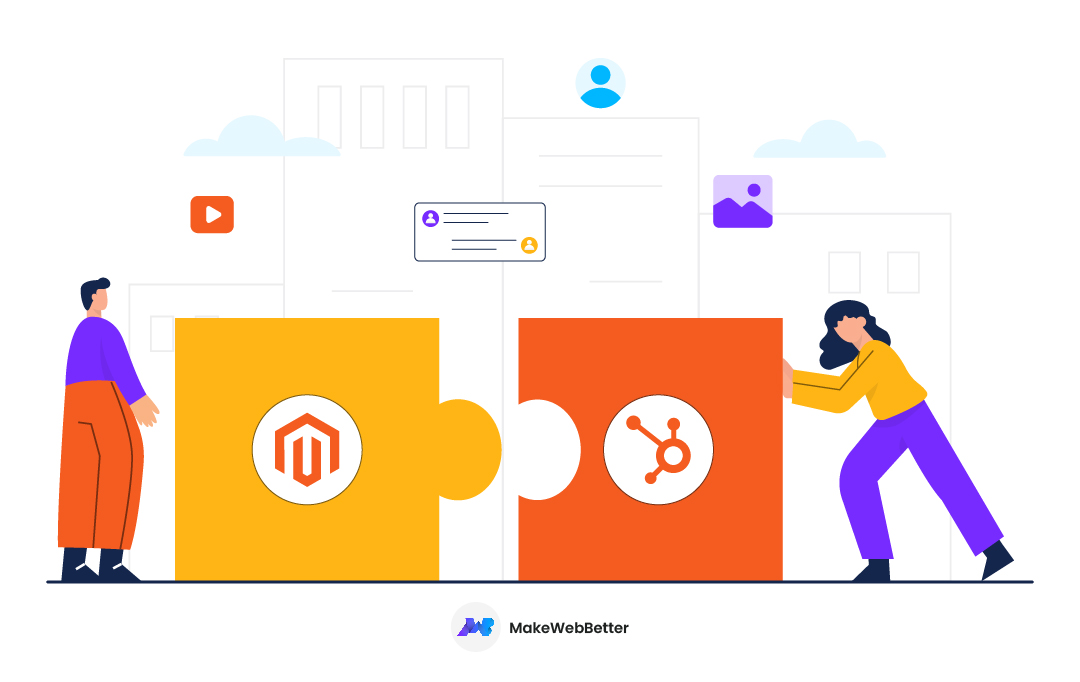Whether you’re facing trouble to sustain your marketing campaign or are willing to try new methods to upscale your business growth, the most obvious solution to your condition is to switch to eCommerce inbound marketing!
This current decade is the most revolutionary era for eCommerce startups to grow and flourish with the right marketing approaches to lure in the most potential customers. However, attracting the right customers at the right time has always been the concerning factor with traditional marketing. Moreover, retaining customers has played a secondary role in customer acquisition for years.
According to Forrester Research, on average, 80% of marketing budgets are focused on new customer acquisition.
However, acquiring a new customer can cost five to 25 times more than retaining an existing one. But with the increasing cost of customer acquisition, the businesses are realizing the value of retaining customers because increasing customer retention rates by as little as 5% can increase profits by 25% to 95%.
This guide is intended to take you on a journey of what lacks in traditional marketing that can be achieved with inbound marketing approaches.
Table of Contents
Challenges with Traditional eCommerce Marketing
The eCommerce industry has been growing at an incredible rate, and so are its challenges. For example, the rise of digitalization has transformed the way online retailers operate. While this online approach has made it easier for consumers to shop, it has also presented unique problems. for e-commerce companies like –
- Attracting convertible leads
- Heavy cost expenditure
- Spreading brand awareness
- Building trust and loyalty
- Improper customer engagement channels
While there are innumerable such problems, there happens to be a common solution to them all, precisely. Therefore, we recommend you switch to eCommerce inbound marketing for all your marketing essentials.
What is Inbound Marketing?
Inbound marketing for eCommerce (as defined by HubSpot, a growing software company) is a business methodology that attracts customers by creating valuable content and personalized experiences.
The key element here is that inbound marketing isn’t just one tool or a tactic. It’s a set of ongoing activities that helps eCommerce businesses generate a highly effective revenue driver model alongside giving the best experience to their customers.

In a nutshell,
- Inbound marketing is a HubSpot methodology with the prime objective to attract potential customers and help businesses grow by creating valuable content and building lasting relationships with the customers.
- If you’re a B2B, local or small business, an inbound marketing campaign can prove to be more accessible, affordable, and effective for your business because it focuses on building demand.
- Hubspot inbound marketing mainly revolves around creating long-term customer-centric relationships and brings all the advanced features together to create a seamless expression for your customers that consequently increases your brand awareness.
Connect with Our Experts to Know More About Inbound Marketing…
Why eCommerce Inbound Marketing?
As a HubSpot agency rendering inbound marketing services, we do face a common query as to why inbound marketing for eCommerce is important or how it can be a gamechanger for their businesses?
Let’s understand this with the perspective of consumer psychology and its behavioral shift.
- It is more convenient for online shoppers to shop with their mobiles. Mobile shoppers account for 54% of the total consumers and are expected to take over 10% of the total US market share.
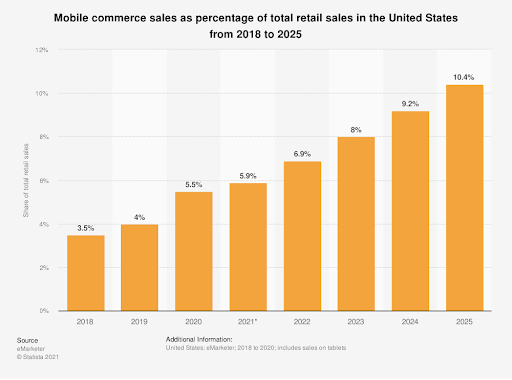
- In fact, by 2020, more than half of all product searches were done by voice or by image.
- Online shopping is no more limited to eCommerce websites, rather social platforms like Instagram, Facebook, and even Pinterest hold a good share of customers.
The customer’s approach to shopping online has become more direct and experience-friendly than just getting good deals and/or offers from website sellers. Similarly, the challenges for online retailers like increasing acquisition costs and difficulty in retaining customers have forced them to think of alternative marketing methods.
The bottom line is that inbound marketing is the one marketing approach that empowers businesses to scale engagement with prospective, current, and past customers. And so our goals for eCommerce inbound marketing include:
- increasing visitors
- improved conversion rate
- increasing average order value
- better lifetime value
Upgrade Your Online Store with Inbound Marketing Services
Applying Inbound Marketing Approach to your Sales Funnel
Any lead captured for an eCommerce business goes through various stages before it is marked as a customer. Inbound marketing thus gives you a perspective to nurture your lead for a smooth transition into becoming a customer and giving a delightful experience thereafter.
Thus, inbound marketing campaigns work on the concept of Flywheel to render the promised experiences.
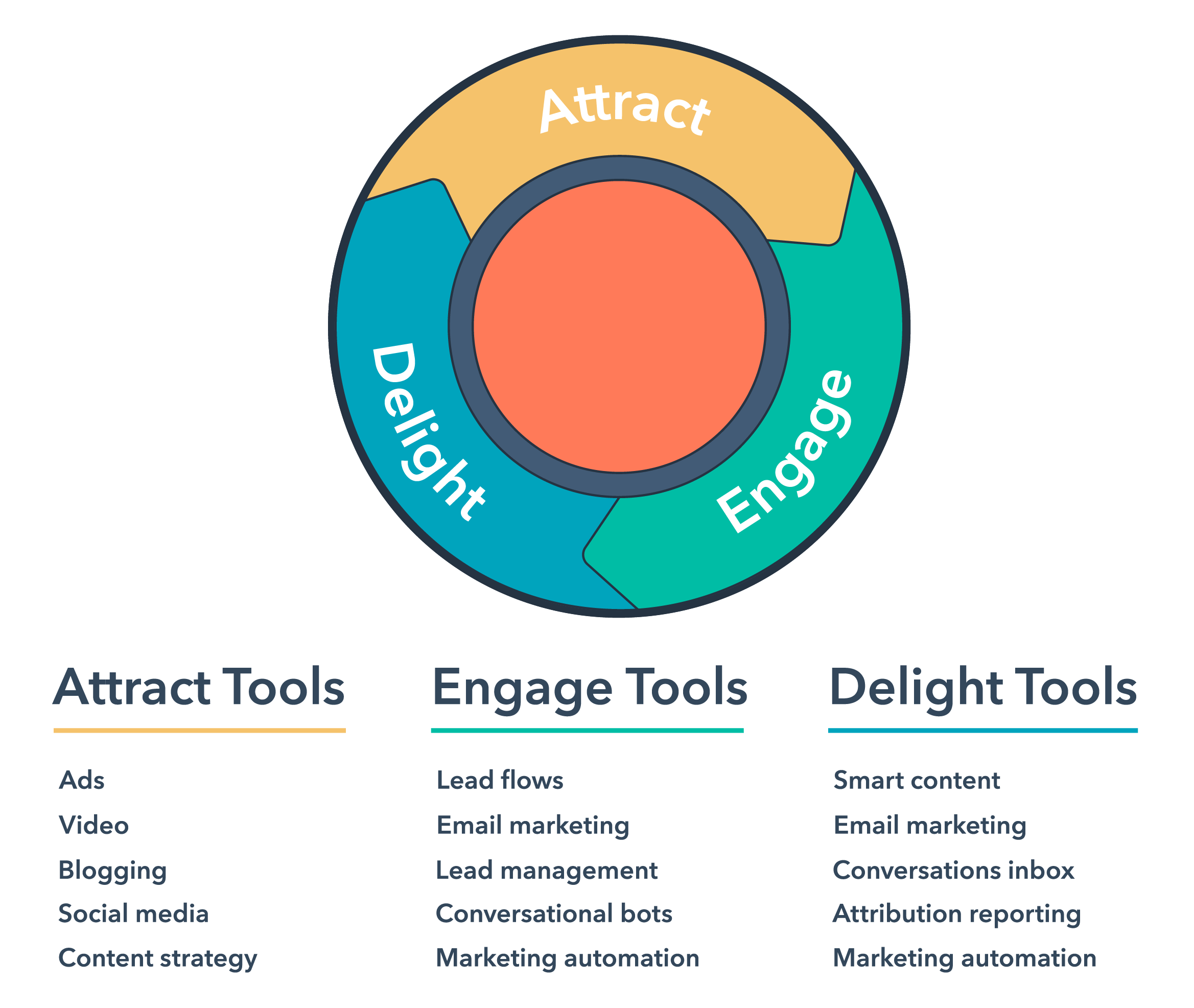
Source: HubSpot
-
Attract
Draw in the right leads with valuable content and conversations that establish you as a trusted advisor with whom they want to engage.
-
Engage
Present insights and solutions that align with their pain points and goals so they are more likely to buy from you.
-
Delight
Provide help and support to empower your customers to find success with their purchases.
When customers find success and share that success with others, it attracts new prospects to your organization, creating a self-sustaining loop. This is how your organization builds momentum, and this is why the inbound methodology serves as a strong foundation for your flywheel.
Steps to Launch eCommerce Inbound Marketing Campaign
The inbound marketing campaign when incorporated with the right strategies and executed finely can boost your business’ reach and customer experience by providing them the solutions that they are looking for. But what exactly does it take to create a compelling HubSpot inbound marketing strategy? Well, we have covered it for you:
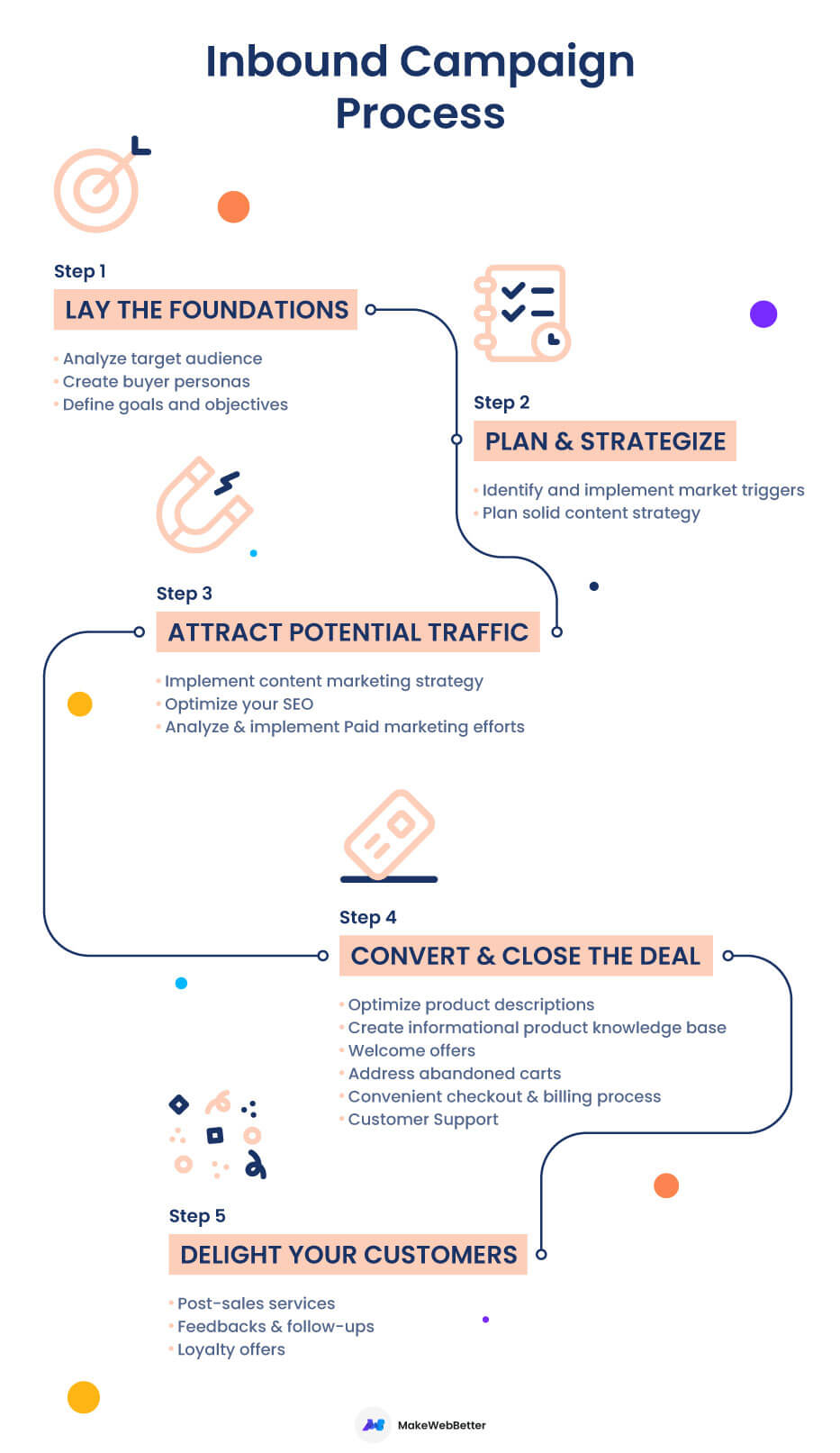
1. Laying the Foundation
a) Analyze your Target Audience
In a survey, 46% of marketers said that the lack of an effective inbound strategy caused the biggest hurdle in achieving goals.
The prime agenda of HubSpot’s inbound marketing campaign is to reach the right audience at the right time via the right channels. So, the first step is to maximize all your efforts in analyzing your target audience. The best way to find the right leads is via buyer personas as they are a rough representation of customers. Personas include detailed information of your customers including motivation, goals, demographics, age, interests, attitude, industry, etc. that can provide you a clear picture of your customer group. Once you analyze the customer behavior like decision making, buying behavior, interests, you can proceed with directing your marketing campaign towards them.
b) Creating Relationship Context with Buyer Personas
When creating an inbound marketing strategy, one can not miss on analyzing buyer personas since they set the roots of your inbound marketing campaign and take your efforts in the right direction. Defining buyer personas can be considered as a part of understanding your target audience comprehensively so that you can provide them with a customized shopping experience via your business.
Buyer personas enable your business to create impactful content strategies that help your business to send customized emails and messages that ideally resonate with customer choices. With the help of buyer personas, you can collect essential customer insights that include but aren’t limited to demographics, age, interests, industry, income, etc.
c) Define Business Goals & Objectives
Although we’re talking about eCommerce inbound marketing campaigns, it is critical to know that inbound marketing and eCommerce are still two different things. Therefore, it gets important to keep in view their individual metrics to analyze the key performance indicators for your business goals and objectives.
eCommerce marketing campaigns are more focused on financial growth than inbound marketing. Hence, deciding on the KPIs and creating goal-based campaigns will help you streamline your customers’ requirements with your inbound strategies.
2. Planning & Strategizing
a) SWOT Analysis
While crafting a marketing strategy, it is a recommended practice to add a perspective of what has worked for your business or not and the opportunities to grow better. A SWOT analysis study will help you in getting a clearer picture of your customers and business’s current position in accordance with your vision.

Source: xara.com
b) Buying Modal
Similar to SWOT analysis, analyzing your customer’s buying patterns will help you frame a targeted strategy to attract the right customers at right time. The buying modal also helps you in tagging the customer segments on the basis of their purchase behavior whether they’re emotional buyers or logical thinkers. The buying patterns among your customer can either belong to a long purchase cycle or short purchase cycle.
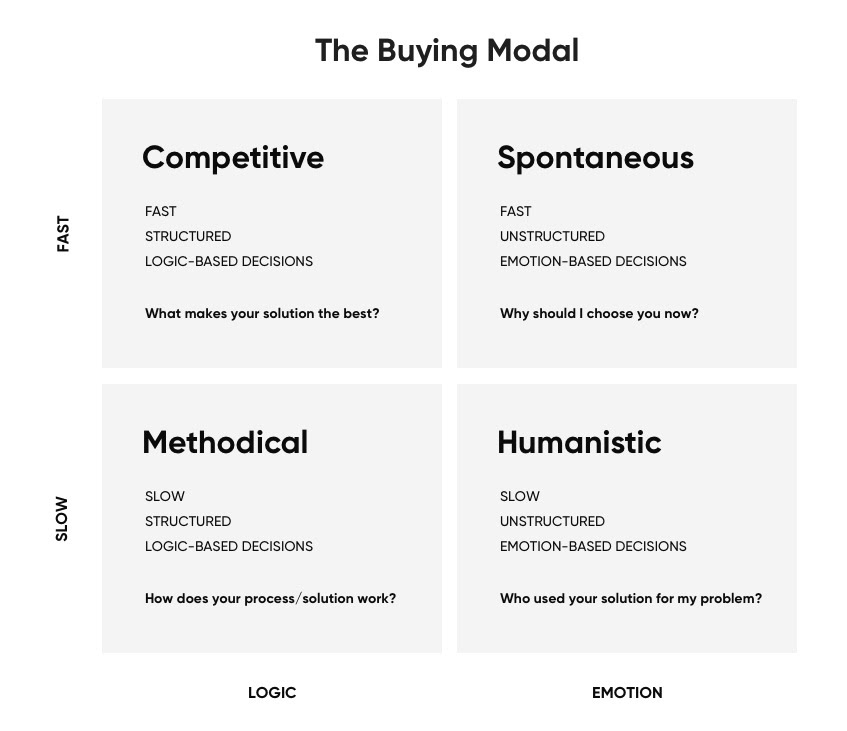
The customers with a longer purchase cycle are emotional buyers. They’re the methodical buyers who let their emotions guide their decisions. While the customers with a shorter purchase cycle are practical and look for the best and/or most convenient options at the particular moment.
c) Planning and Scheduling Content
To create a powerful inbound marketing strategy, having access to accurate customer data is crucial. A business simply can’t demand customer information but find potential ways to gain it. Creating a powerful content marketing strategy with a well-defined objective is the best way to reach your customer’s minds and understand their preferences and interests in a comprehensive manner. Make sure that the content plan you create is both flexible and dynamic.
Start with curating content based on the available information that you’ve gathered through buyers’ persona. You can go with publishing different forms of content including blogs, articles, blogs, infographics, white-page, interactive live sessions, etc.
d) Identify & Implement Automation Workflows
Now that you know who your potential customers are and have all the required information about them. The next step is to identify common workflows and build an automation process to capture leads and nurture them. And define an interaction channel with them. To build automation workflows, you can take the help of CRM tools like HubSpot which is capable of handling your customer data and marketing processes simultaneously.
3. Attracting Potential Traffic
What drives buyers to brands? How can you get the desired potential leads to convert into loyal customers? Who can be your dedicated buyers?
All these questions often mug off when you get heavy traffic on your website. But what is the point of attracting so much attention when your conversion rate is below average? Your marketing efforts need to serve content that is both meaningful and relevant to attract the targetted audience.
a) Role of Content
Whenever we talk about inbound marketing for eCommerce, we often come across a phrase – “Content is King!”. Have you ever thought about what it implies?
Content is the soul of inbound marketing. Crafting valuable content for onsite/offsite marketing can help you attract targeted potential traffic to your eCommerce website. Creating high-quality content is important be it in any form then, a blog, case study, infographics, video, etc.. The purpose is to provide value to the readers/viewers who should be served for a successful return.
i) Blogging
eCommerce blogging is a tried and tested approach to grow your website traffic. Blogs share valuable information backed by detailed research on the topic with prospective customers. Further, this increases the trust and brand loyalty of the reader leading to better purchase opportunities. Although it can be tough to convert your reader to blogging, it’s not impossible. You just need to include a directive path for the reader to take the desired action using CTAs, images, or forms.
ii) User-generated Content
Specifically, ratings and reviews. If you’ve ever searched for a product online, you’ve likely read reviews before purchasing. Adding reviews to your site offers two key benefits:
- It can improve your organic search engine ranking.
- It attracts visitors to your site and increases their confidence in purchasing your products.
If you aren’t currently showing customer reviews on your site, then you should start. It’s a small change that can significantly increase your eCommerce conversion rate and customer satisfaction.
b) Role of SEO Optimization
We all know that search engines and humans read content differently. When a page is crawled by the search engines they consider many elements like header tag, meta description, page URL, etc. On the other hand, the human reader only reads the body content.
Optimizing your eCommerce SEO with the proper usage of keywords and high-readability score content will make your readers more comfortable than sounding like a robot with excessive keywords.
- URLs: Since every product has a dedicated page, its URL should reflect the same. Therefore, you must add the product’s targeted keyword to your URL. Also, it is recommended to keep the URL longer than 125 characters.
- Meta Description: This description helps your reader to know what is further explained on the page content. It should not be longer than 300 characters.
- Page Title: The search engine usually reads the first 60 characters of your page title while the human can read it beyond the mentioned limit. However, it is the recommended practice to use a short and clear page title to avoid creating confusion between what the reader is looking for and what the search engine results show.
- Canonical Tags: These tags are a must-have for large eCommerce websites, where there is often a lot of duplicate information. Canonical tags help search engines identify which content is “original,” while ignoring duplicate content. Not using canonical tags can actually hurt your search engine listings, as Google does not like when a website uses the same content multiple times.
c) Role of Paid Media
Paid media in inbound marketing typically includes paid search advertising, display advertising, and social media advertisements.
Paid search advertising directly impacts your sales & revenue goals as they attract traffic who have a high purchase intent. It is, therefore, an excellent strategy to fulfill your conversion and transactional goals. While display and social media advertising are more focused on extending your brand reach and awareness among the potential audience.
The HubSpot’s free ads tool is highly recommended for your eCommerce inbound marketing campaign as it directly integrates with Facebook and Google to create a list of targeted users. Keeping this list and social guidelines in consideration, you can significantly increase your paid media ROI.
4. Convert & Nurture Leads
When talking about eCommerce inbound marketing, the convert phase of your sales funnel is all about capturing new leads to market to them. Common activities in this stage include sending customized, targeted, and well-timed emails to different customer segments. But also creating the type of content and services that increase the value of your website, as well as the incentive to buy from it.
5. Close the Deal
By this stage of the funnel, you have entertained your customers with your content, products, social media campaigns, and email. For all the efforts made, this stage of the funnel targets the customers to finally take an action. Typically, the customers who take a proactive interest in searching out the product of their choice using the site search function close at a better deal than the non-active participants.
Easy checkout and free shipping are undeniably the most crucial tactics for closing the deal. Over and over again, we see conversion rates and average order values jump when clients turn on free shipping. And adding a countdown timer with it impacts your customers subconsciously with FOMO. Additionally, the easy checkout process is also an opportunity to add more merchandising options and cross-sales opportunities. Now, it’s your creativity here that how convincingly you add options here to make the closing deal worth it.
6. Delight your Customers
Anyway, eCommerce businesses lack that personal touch due to no face-to-face contact with the customers. However, offering a delightful experience to the customers may help you fulfill that void. Moreover, delighting your customers will also benefit you in other ways like,
- Firstly, convincing your customers to continue to buy products from you in future
- Second, a delightful experience will help your customers to increase “word of mouth” marketing by sharing their experiences with their friends and family.
There are many ways to make your customers feel valued and delighted post-purchase cycle –
- Give first-time “Welcome Offers” to new customers
- Customer satisfaction starts with fulfillment. Therefore, giving shipping benefits and gift-wrapping or personalized message options can make your brand memorable through the packaging you provide.
- Post-purchase follow-up emails can help you grab the hidden opportunities to generate revenue while engaging with your customers.
- People love to be made to feel special, to feel like they’re in a separate tier of customers. Hence, setting up your loyalty programs that are interactive and motivating for the customers to level up sooner can drive you to more loyal customers in the future while retaining the current customers.
And more…
Most Frequent eCommerce Inbound Marketing Queries
1. Does inbound marketing simplify marketing?
Yes. Inbound marketing is all about getting found by customers. Unlike dated and costly outbound tactics, inbound marketing relies on leveraging web content to bring customers to your cyber doorway. To ensure your web content is out in view of your target audience, optimize it and place it in locations where they’re most likely to run across it.
2. Why is content marketing important for inbound campaigns?
Content marketing not only precedes traditional marketing tactics by a landslide. But it also pulls in significantly more website visitors and leads. The consistent production of content boosts website traffic, and as traffic increases, so do conversions. A good conversion strategy will bring in high-quality leads which is the major objective of creating inbound marketing campaigns, e.i., to get targeted high-intent leads.
3. Which is better, inbound marketing or outbound marketing?
Inbound marketing and outbound marketing, both have their own set of pros and cons. However, considering the modern approach to eCommerce from the perspectives of retailers or buyers, Inbound marketing is better.
4. Is HubSpot good for Inbound eCommerce?
Absolutely! There are two things that make HubSpot so great:
- the ease of setting up content that guides the buyer through your funnel
- the analytic power of the platform
Rather than putting up inbound content and hoping for the best, the entire system is set up so you can track what works and what doesn’t. With this data in hand, you can then do more of what works, and work to fix what doesn’t.
5. What are the three rules of content inbound marketing?
The three rules of content inbound marketing say,
- The content generated should be engaging, creative, relevant, and interesting.
- The generated content should have a properly defined channel of distribution
- The most important rule is that you should know your customers, e.i., you must create a buyer persona before creating content plans.
In The End…
If you want your business to be the jack of all trades, you must not miss on formulating a power-packed inbound marketing strategy. If you’ve already created one, then check if your inbound marketing campaign is fulfilling the above points. You can also go for utilizing HubSpot tools as it allows businesses to synchronize and streamline their business processes.
We at MakeWebBetter thrive to help businesses by providing them a seamless eCommerce experience through our effective eCommerce solutions and extensions. We will be more than happy to assist you in creating a successful HubSpot inbound marketing strategy. Get in touch with our expert team to know more!

